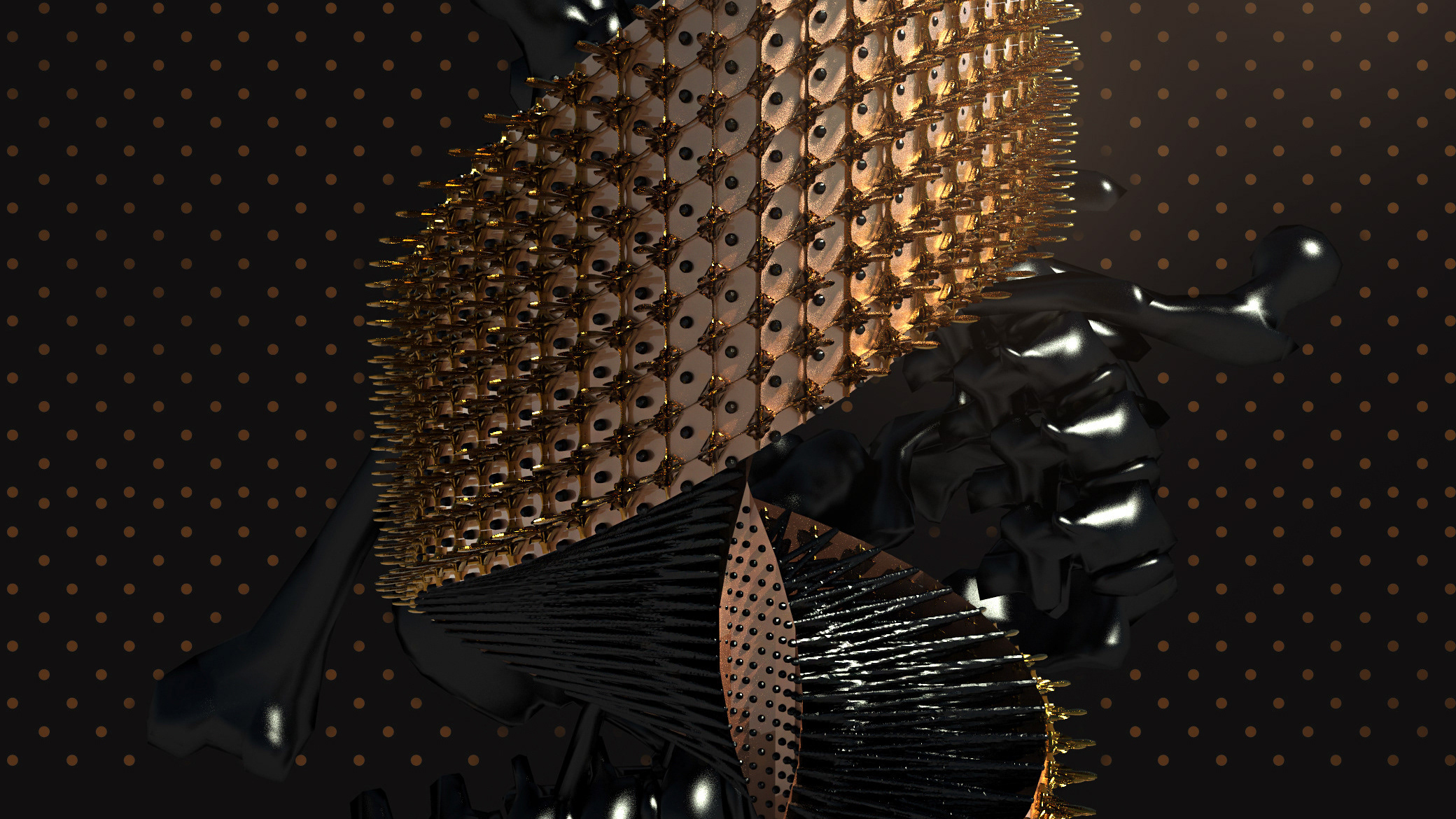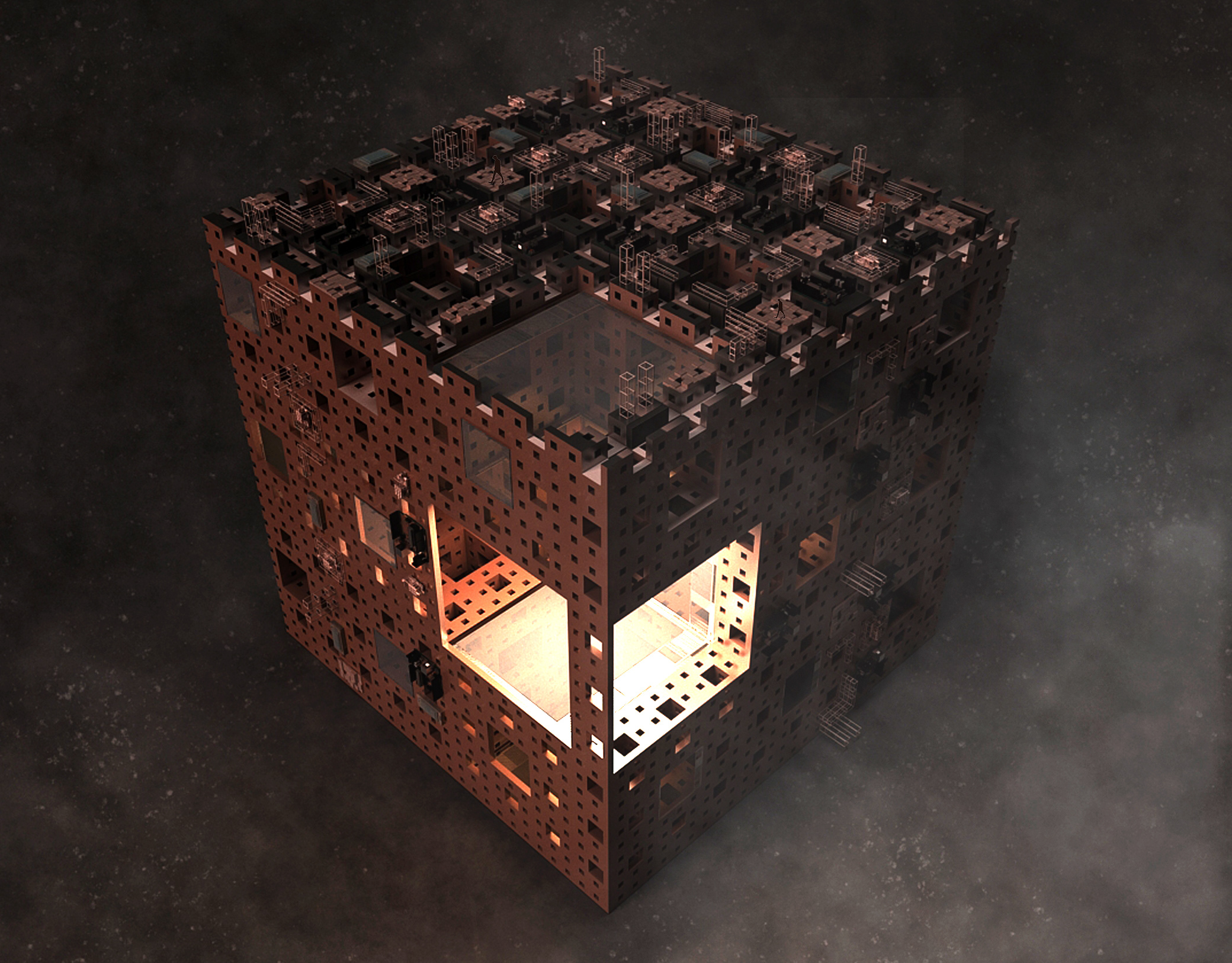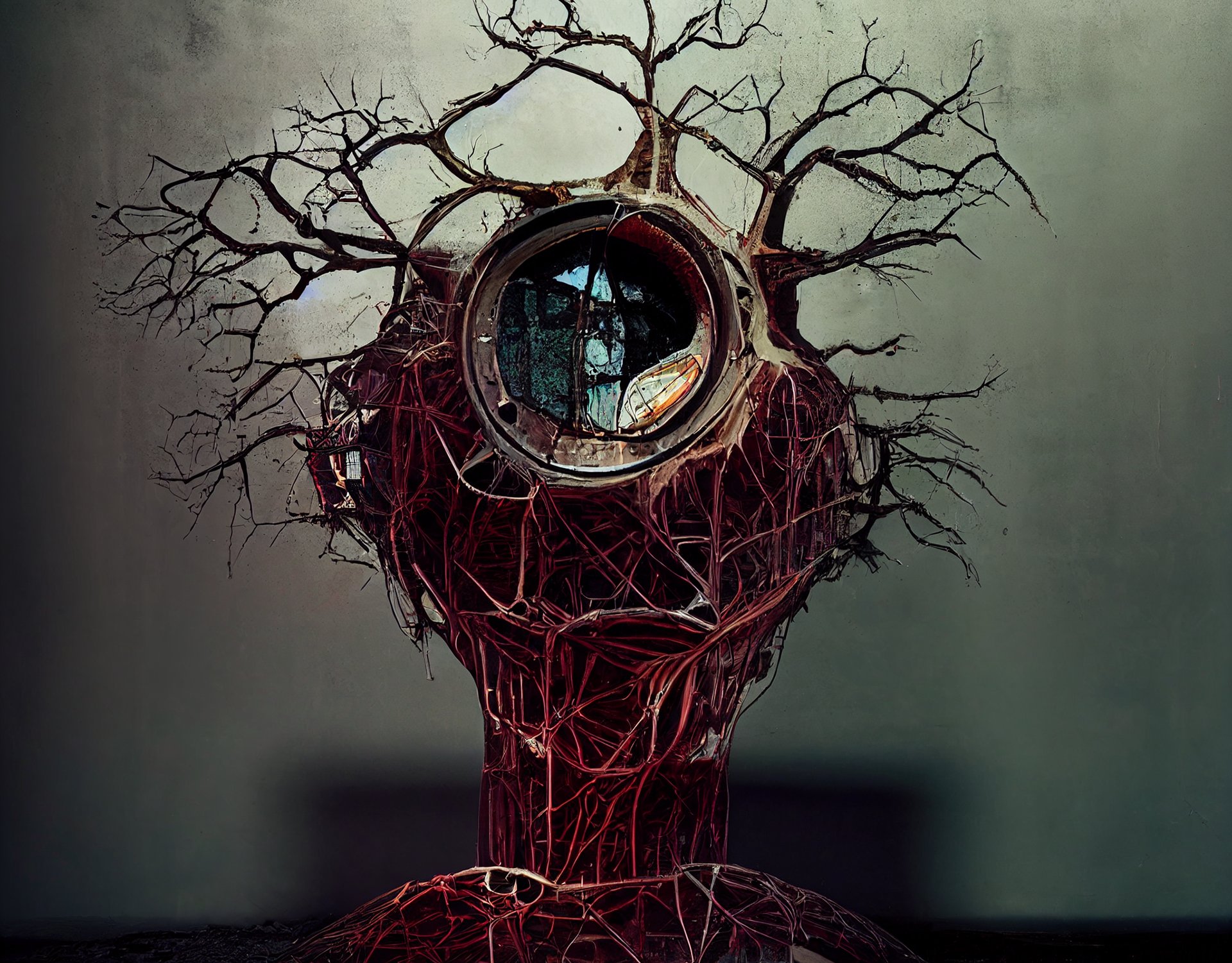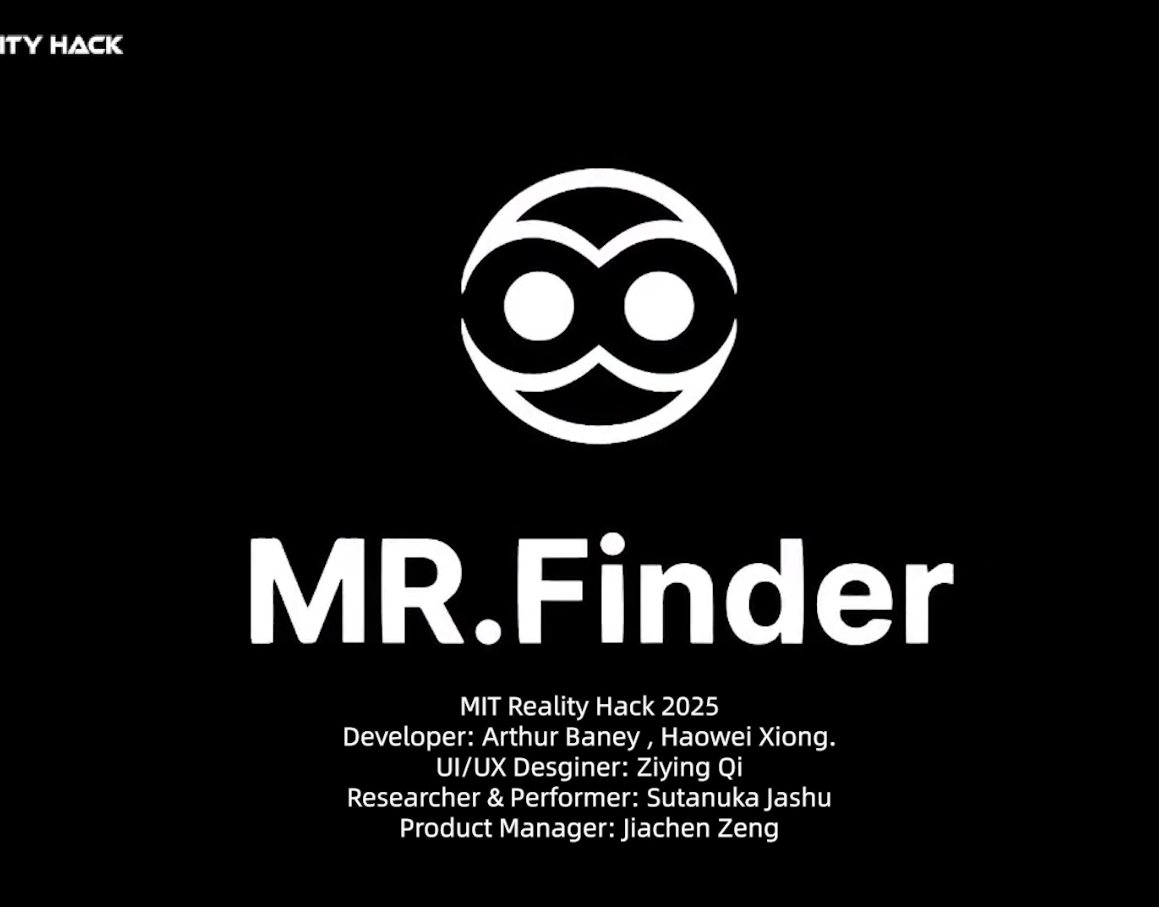EXHIBITION
2024- Foreign Objekt Group Show, Space Gallery, Online
2025- NYCxDESIGN curated by NotYetArt, New York
KEYWORDS
Linguistic Diversity, Urban Morphology, Artificial Intelligence (AI), Generative Design, GIS Mapping, Cultural Heritage, Indian Architecture, Machine Learning, Speculative Fiction, Allegorical Storytelling.
"The map is not the territory, but it is the diagram of a possibility."
— Benjamin Bratton, The Antikythera
Media Sculpt begins as an inquiry into the ontological entanglements between identity, language, and spatial form, asking how systems like linguistic, architectural, or computational encode, transmit, and sometimes overwrite cultural memory. This chapter operates as a philosophical prologue, tracing India’s linguistic and urban legacies while probing how emerging technologies particularly AI are reshaping these coordinates. Inspired by Benjamin Bratton’s Antikythera framework, which posits planetary-scale computation as a new form of epistemology, Media Sculpt positions linguistic diversity as a knowledge system in its own right a kind of “pre-digital code” etched into the morphology of cities, rituals, and everyday speech. Much like the ancient device discovered off the coast of Antikythera—a machine that compressed cosmological knowledge into gears and dials this project treats Indian cities as living devices, whose spatial structures reveal long-evolving, language-bound rationalities.
Yet, in the context of accelerated computation, migration, and urban redevelopment, linguistic architectures are dissolving. Languages, like materials, are extracted, reconfigured, and sometimes lost. AI-based language models, while powerful, often rely on reductive logics that flatten polyphonic cultures into standardized outputs, threatening to erase dialectical and spatial nuance.
This chapter confronts the epistemic violence of such translation, reflecting on how AI’s modeling of language and space may entrench biases or offer paths to regeneration. What would it mean to create an AI trained not just to optimize efficiency, but to honor pluralism, to embed the residue of cultural memory into architectural form? Framed as a cosmotechnical allegory, Media Sculpt is not merely about preserving languages or forms it is about re-articulating the systems of relation between the material and immaterial, the semantic and the spatial, the past and the speculative. Here, storytelling becomes infrastructure: a scaffold for imagining futures where media, machine, and memory co-produce identity and space.
Through this lens, India becomes not just a case study, but a temporal aperture: a place where ancient and future modes of knowledge intersect. Cities like Kolkata, Delhi, Mumbai, and Bangalore function as computational archives, encoding the politics of scale, community, and linguistic persistence. Media Sculpt invites us to listen, not only to what is said, but to how space speaks.
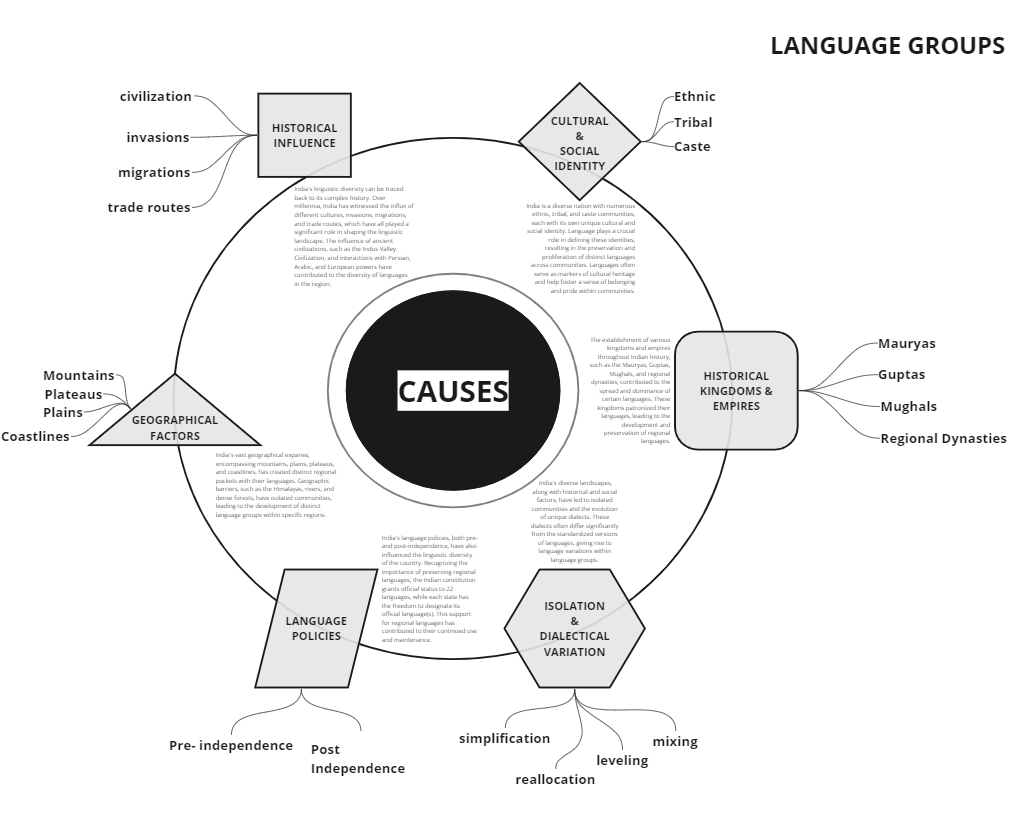
Embarking on a journey through history, the project unveils the ancient echoes of language that resonate across the ages. Through exploration, we unravel the intricate tapestry of linguistic diversity that weaves its way through the fabric of time, shaping the cultural constructions of nations and civilizations.
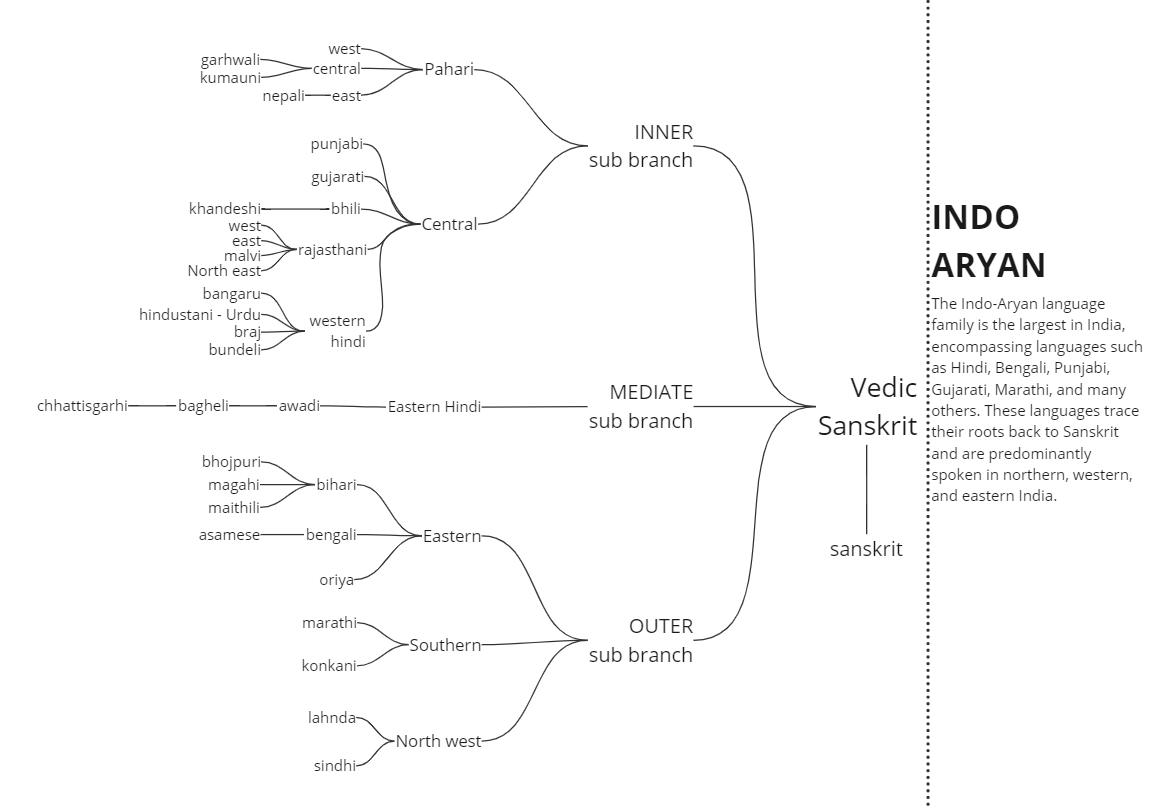
The Indo-Aryan language family, with its roots in Sanskrit, represents a dominant linguistic force in northern, western, and eastern India. This linguistic heritage reflects historical migrations, cultural exchanges, and the evolution of regional identities.
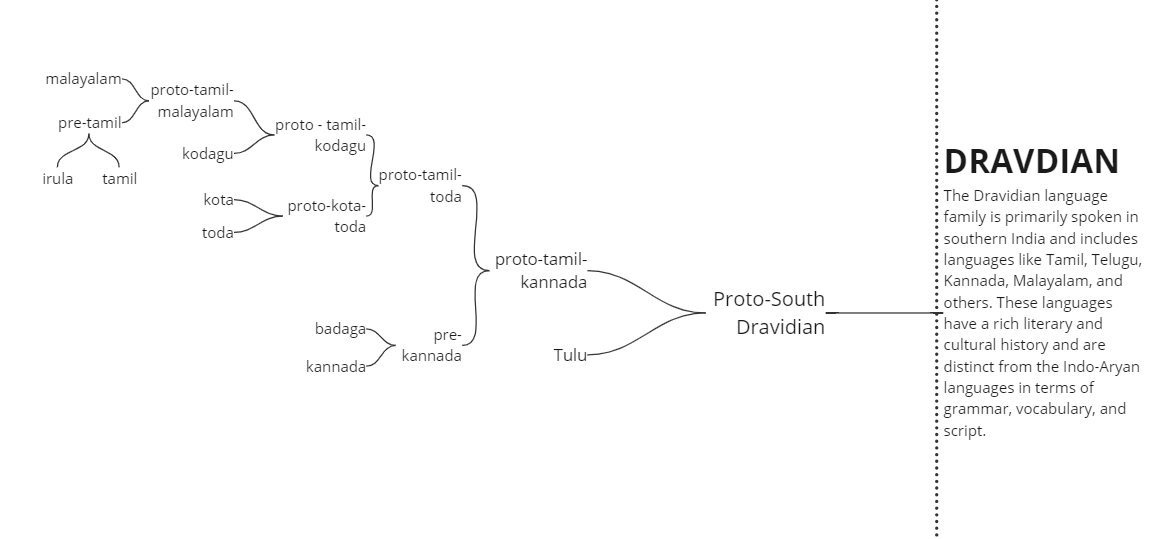
The Dravidian language family, primarily spoken in southern India, presents a distinct linguistic and cultural identity. Dravidian languages like Tamil, Telugu, and Kannada showcase unique grammatical structures, vocabulary, and script systems.
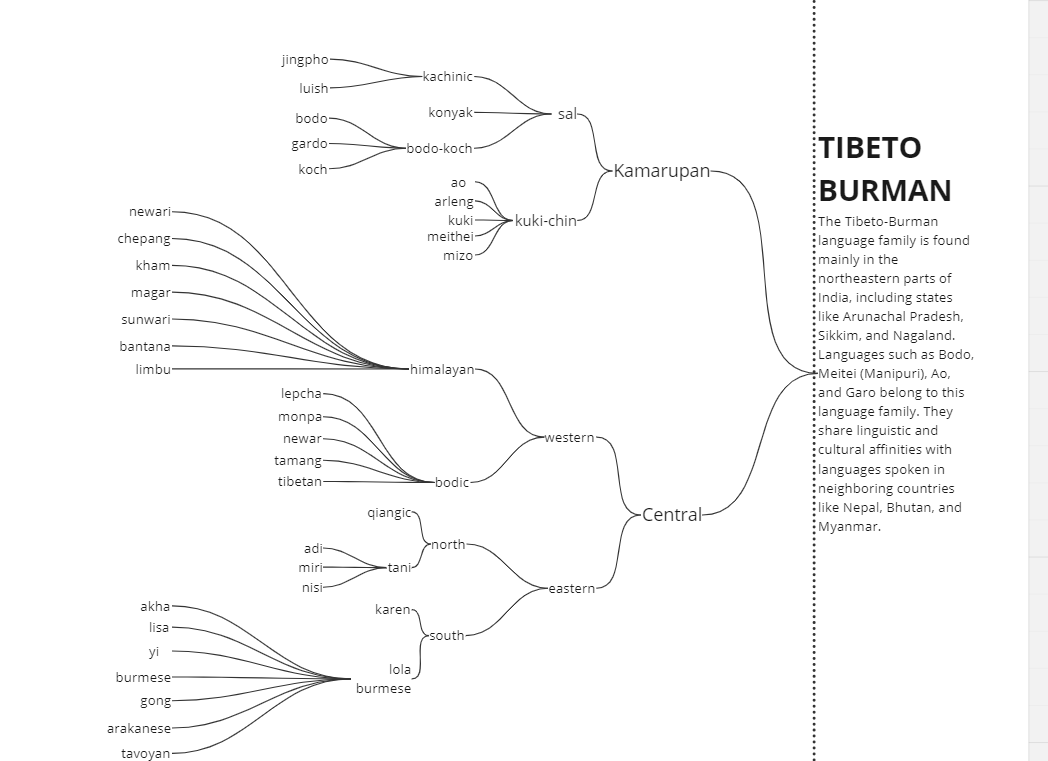
the Tibeto-Burman language family, prevalent in northeastern India, reflects historical connections with neighboring countries like Nepal, Bhutan, and Myanmar.
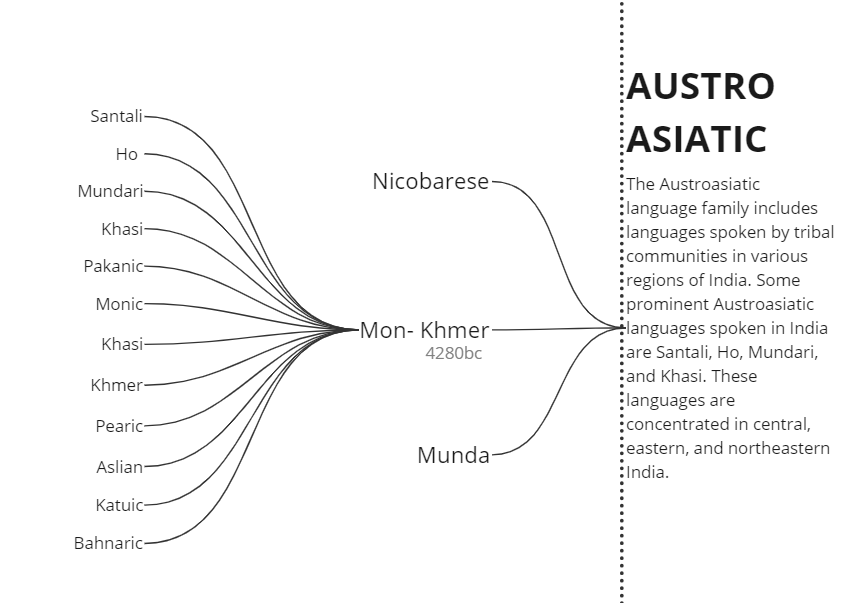
The presence of Austroasiatic languages among tribal communities in central, eastern, and northeastern India highlights the cultural diversity and linguistic heritage of indigenous populations.
language diversity map of Coochbehar
